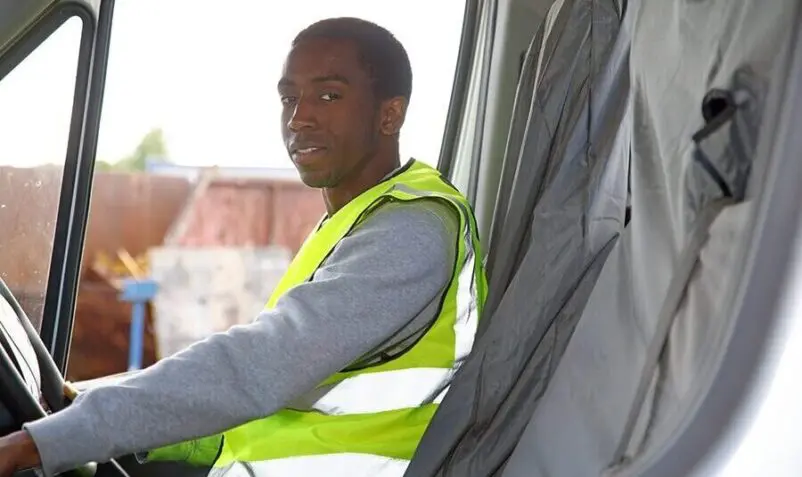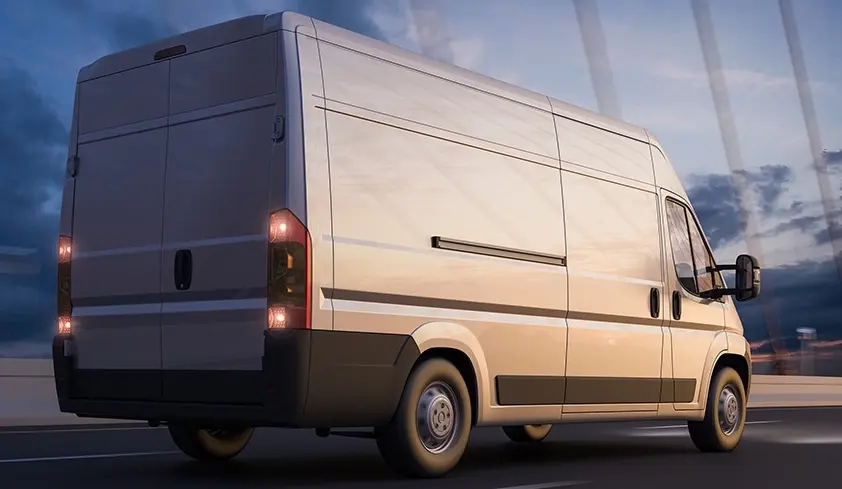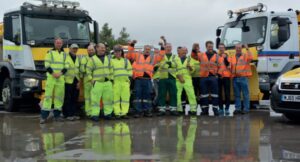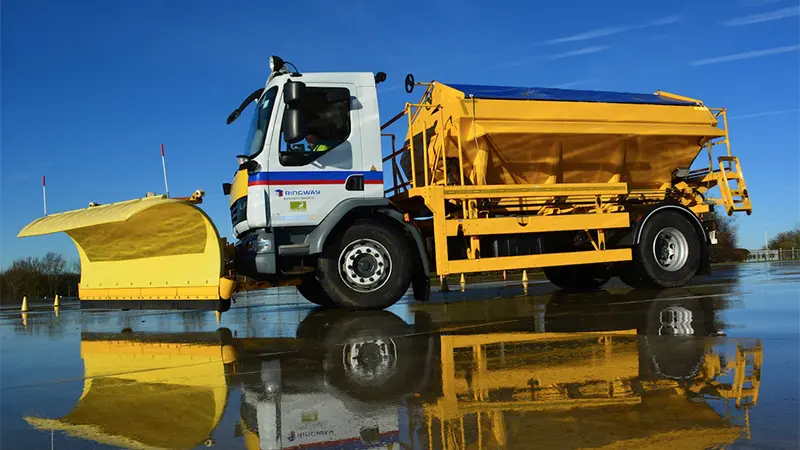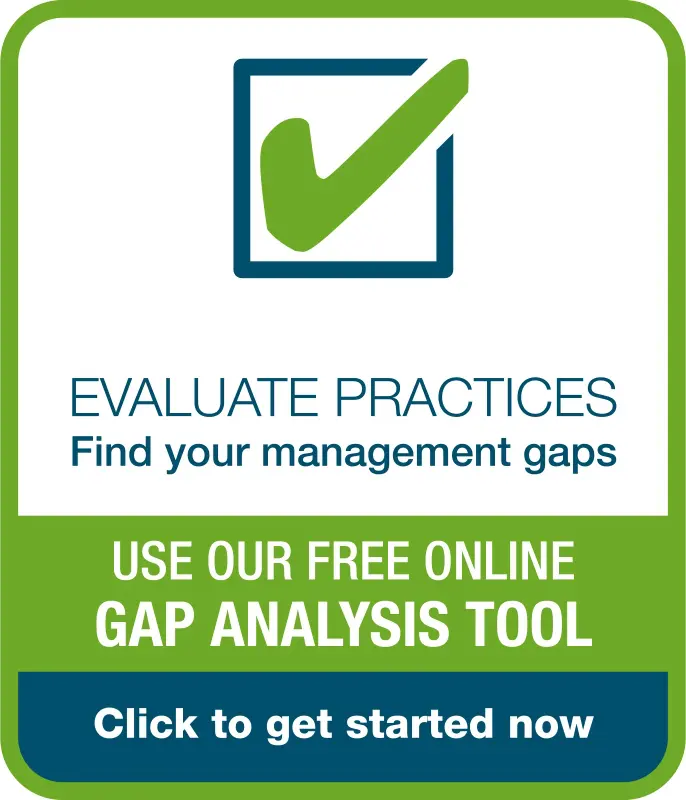

Fleet Size
LCVs: 517
Grey Fleet: 1,050
The Canal and River Trust looks after 2,000 miles of historic canals and rivers including 2,949 bridges, 1,582 locks and 280 aqueducts. UK waterways encompass seven historic parks and gardens, 2,706 buildings and structures, six battlefields, 46 scheduled monuments and four World Heritage Sites.
The Trust recently overhauled its approach to road-based risk management under the auspices of fleet manager Steve Mulvaney.
Summary of Achievements
At-fault Collisions
DOWN 19%
over 12 months
Fuel Use
DOWN 12%
for trained drivers
Pre-use Vehicle Checks
UP 61%
over 12 months
Net Savings
OVER £200k
in two years
Demonstrating leadership in driver safety
“What’s clear is that we have gone from zero to a much safer, compliant and cost-effective fleet. Our aim is to be the safest fleet in the UK. We want everyone who works for us to be proud to drive safely and properly, not just for their own safety but for that of other road users.”
Steve Mulvaney,
Fleet Manager, Canal and River Trust
More details
Supported by DfBB Partners
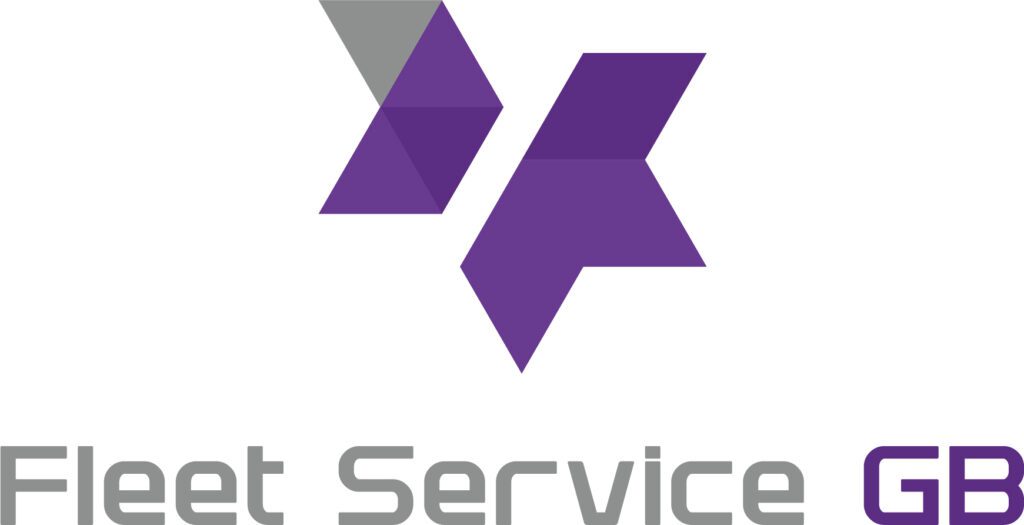
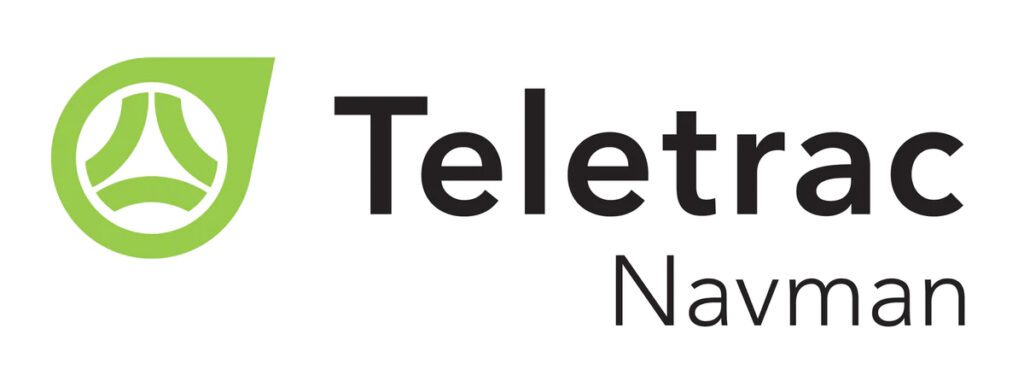

Fleet vehicles
517 LCVs including 3.5 tonne welfare vans, tippers and flatbeds
1,050 grey fleet vehicles
“What’s clear is that we have gone from zero to a much safer, compliant and cost-effective fleet. Our aim is to be the safest fleet in the UK. We want everyone who works for us to be proud to drive safely and properly, not just for their own safety but for that of other road users.”
Steve Mulvaney, Fleet Manager, Canal and River Trust
 Steve Mulvaney joined Canal and River Trust in 2020 and is responsible for the safe operation of 517 LCVs including 3.5 tonne welfare vans, tippers and flatbeds and 1,050 grey fleet vehicles. He recognised that its fleet management needed to be brought into a coherent and accountable form and was aided in winning the approval of the Board by a Logistics UK audit of their existing procedures.
Steve Mulvaney joined Canal and River Trust in 2020 and is responsible for the safe operation of 517 LCVs including 3.5 tonne welfare vans, tippers and flatbeds and 1,050 grey fleet vehicles. He recognised that its fleet management needed to be brought into a coherent and accountable form and was aided in winning the approval of the Board by a Logistics UK audit of their existing procedures.
Steve had three priorities:
- To ensure that all drivers had valid driving qualifications and licences
- To ensure that all the vehicles were maintained in line with manufacturer guidance
- To ensure the grey fleet vehicles were treated in line with the procedures for the company-owned vehicles.
Canal and River Trust uses Fleet Service GB’s Driver Management Programme, which covers its training, compliance checks, and incident reporting.
This entails:
- Integrated vehicle and driver management software with performance analysis prompting appropriate interventions.
- A comprehensive toolbox of processes and programmes designed to support driver wellbeing, compliance, risk, and cost management.
- A full audit trail of data, ensuring transparency and visibility in all areas of driver and vehicle management.
- A fully integrated inclusive programme which supports an individual driver’s learning objectives.
- Transparent and auditable post-incident management process.
The Fleet Service system, “Achieve Driver” builds all drivers’ activities or qualifications into a single score – so a driver gains points for qualification or fleet mandated protocols but can lose them for parking notices, speeding violations etc. It also hosted the organisation’s e-learning portal, which provides training modules, toolbox talks and driver safety communications. 99% of all drivers have now completed the training.
Business Benefits
- Saved £201,000 in first two years
- Reduced annual fleet spend by 14% 2023 vs 2022
- 40% cut in insurance claims 2024 vs 2023
- Self-insured damage costs down 6.2%
- 50% cut in insurance payments to third parties
- 21% decreases in non-fault collisions
- 19% decrease in at-fault collisions
- 61% increase in pre-use checks
- Up to 12% fuel saving for specifically trained drivers
- 26% reduction in insurance premium in 2024, plus anticipated 7% reduction in renewal costs in 2025 (totalling £120,000)
Telematics
The driver risk assessments are complemented by separate scores from Teletrac Navman telematics.
The FS score shows compliance with the company’s policies, including insurance and qualification to drive; and the telematics scores their actual driving. As C&RT teams tend to be several people strong, and vehicles are shared assets, Steve has operational flexibility to explain to employees that they are not considered appropriate drivers of the company vehicles. Grey fleet employees can also lose their right to drive for the business if they fail to confirm details such as MOT, insurance, and photocard renewal in a timely manner.
Steve has continued to develop and refine the company’s approach to risk management since he first started to risk assess its drivers and apply basic fleet management techniques in 2020. He now focuses on five areas:
- Enhancing Driving Skills
- Driver Wellbeing
- Performance Measurement
- Incident Management
- Fuel Economy
Together, he says, these elements address many different areas of driver management and safety, as well as ensuring financial benefits for the company. Strong driving skills prevent collisions, and focusing on driver well being not only makes the drivers safer but increases overall productivity.
Performance measurement is essential to maintaining behavioural change and driving continuous improvement. Incident management highlights vulnerabilities and root causes, as well as limiting insurance costs, and fuel economy is both an incentive to and a huge benefit of good driving.
The Major Challenge
When Steve first accepted the role of fleet manager, ‘there wasn’t a straight vehicle on the fleet”. Not only did the vehicles all show signs of damage but there little evidence as to how any of that damage occurred. His first step was to encourage an open and reprisal-free culture for incident reporting.
All the vehicles were catalogued and photographed and systematic fleet renewal began. Only then were the drivers encouraged to have accountability for their new vehicles. As the vehicles carry multiple employees, the right to drive is not automatic, and every handover between drivers is documented with log-in cards and thorough pre-use checks, with photographs.
There is a mandatory three-month audit of every vehicle, including photographs of the interior and exterior.
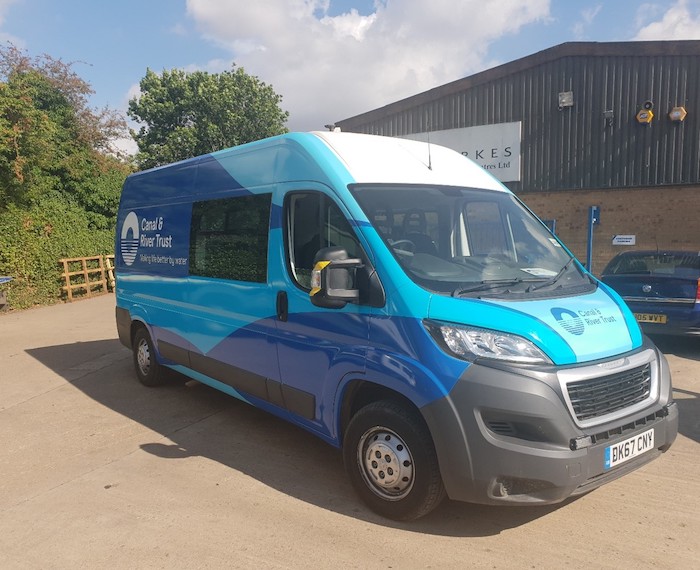
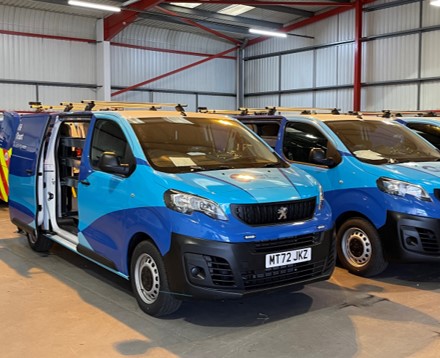
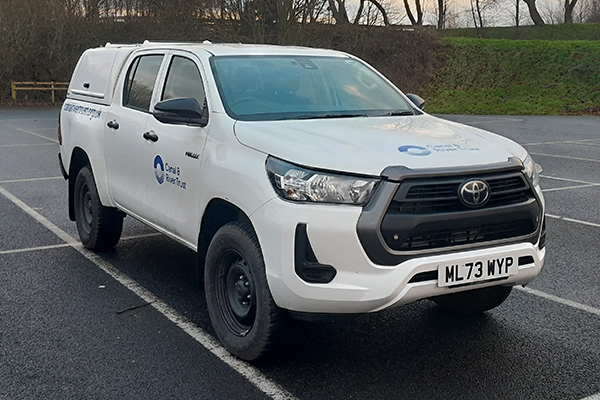
Driver Handbook and Policies
The driver handbook has been renewed and reissued. One of the benefits of a single-platform management system is that every driver can acknowledge that they have been issued with the handbook and policies and agree to abide by them. The handbook is available online as well as in hard copy form.
The over-riding polices are that:
- Only Trust employees may travel in a Trust vehicle
- No Trust vehicle may be used for personal journeys
- Drivers must report any issue with the vehicle or road incident
- The handbook outlines tasks and the Trust’s rules for completing that task safely
Driver Training
The Trust invested in specific driver training for new starters and those in need of improvement. No one with less than two years driving’ experience can drive a Trust vehicle, but Steve says that issues with drivers tend to be attitudinal rather than skill-based. The training emphasises good anticipation, and light-footed acceleration and braking. There has been a fuel saving of between 9% and 12% on those drivers which have undergone this training.
As the Trust considers transitioning to alternative fuelled vehicles, this training will be rolled out to the entire driver workforce, as these are the skills they will require to maximise EV range.
“Moving to alternative fuelled vehicles will be a cultural shift for our drivers, so we must give them the skills to use the vehicles safely and well,” says Steve. “We find that if we hire good people and train them, it is effective at producing compliant and safe drivers.”
Speed is managed, and drivers who commit dangerous or extremely inappropriate speeding will have their right to drive revoked.
Safe Loading
Trust vehicles carry aggregates, tools and equipment and so loading requirements can vary. The organisation has two sets of mobile scales and one of Steve’s team will visit two depots, unannounced, every month to check the weights of vehicles. This is both educational for the drivers and gives an immediate insight into risk. Up to 20 vehicles might be checked in a single day. While typically only 2% are overloaded, the team holds discussions with all drivers about loading only necessary items and leaving capacity for what else may be required during the shift.
Every vehicle has its dimensions and load capacity written in permanent marker in the cab.
“Our process is to identify an area of concern, put a system in place and then test that process,” says Steve. “We back this up with extensive comms, including our ‘trailer on tour’, where our senior management team visits our sites and answers queries and educates the teams. That is a valuable opportunity for us to underline road safety messages.”

